As you all know, the Chinese characters we use today originated from the unified Chinese characters (seal characters) during Qin Shihuang's time. After a comparison, some people may think that there seems to be no relationship between the two. In fact, the former is formed from the latter after more than 2,000 years of development, and is simplified step by step. Although seal characters are rarely used today, it cannot be said that they are useless now. Our great motherland has a long history and a well-developed culture. A large number of documents left by our ancestors are written in seal characters. You think, if archaeologists don't know seal characters, how can they read ancient documents, so as to understand the political, economic and cultural conditions of ancient China, and introduce them to everyone? In addition, until now, the stamps used by people are often carved into seal characters. If you can directly recognize who owns the stamp from the seal characters, isn't it also a kind of ability? If when you visit an exhibition, you see a very good painting, and you want to know whose work it is, and you see that there is only a seal seal in the signature, and you can’t recognize it, wouldn’t it be a disappointment?
Some people say, "It's easy to learn seal script but difficult to read". Most seal seal learners have this experience. But what we need most is "recognition of seal characters". It is difficult to recognize seal characters, but it is not impossible to recognize them. In fact, although seal script is an ancient character, it is in the same vein as modern Chinese characters and is the source of modern Chinese characters. Some of the seal characters have not changed much until today, and most of the Chinese characters that have changed a lot have certain rules to follow.
Like modern Chinese characters, seal characters are also composed of one or several parts (radicals). If you can spend some time to figure out and master the corresponding rules between the radicals of commonly used seal characters and the radicals of today's Chinese characters, it will definitely be of great help to understand seal characters as soon as possible. There are many corresponding rules between seal characters and real characters (also known as orthodox characters). Simplified characters are simplified from real characters, so there are some corresponding rules between seal characters and radicals of simplified characters. However, there are many characters in the seal script whose seal method is unique, which is far from the real characters, and cannot be identified by the corresponding rules of radicals. There are also some seal characters that originally corresponded to the real characters, but after the real characters are simplified, the seal characters and the corresponding simplified characters will also become far apart, so they cannot be identified by the corresponding rules of radicals.
In addition, the simplified Chinese characters we use today simplify the more complex characters in the real characters (also known as orthodox characters), and the others remain unchanged. In simplified characters, some radicals have a corresponding relationship with seal characters, while others do not. For example, the parts "you" in the simplified characters "Yu", "Shou" and "Set" are the same as the corresponding parts in the traditional characters, without simplification, the parts "you" in these simplified characters have a corresponding relationship with seal characters. The parts "you" in the simplified characters "pair", "chicken", "han", "huan" and "phoenix" are simplified from different parts in the traditional characters, which is "many to one". The part "you" has no unified corresponding law with seal characters.
Most people are only familiar with simplified characters, but they don't know which traditional characters it is simplified from. This is more difficult for learning to recognize seal characters. In Appendix 1, I have listed the correspondence between some common simplified radicals and seal characters, which may ease your difficulty in learning to recognize seal characters.
How to learn seal characters?
First, learn to recognize seal characters. More than fifty years ago, when I was in junior high school, I learned to carve seal characters and stamps, relying on a four-body thousand-character essay. Nowadays, if anyone wants to learn to recognize seal characters, he might as well buy a real seal script with a thousand characters or a real grass official seal script with four styles of a thousand characters. With it, it is easy to read and portable.
Second, as mentioned before, first understand and master the corresponding rules between the radicals of seal characters and the radicals of today's Chinese characters. I used "Kangxi Dictionary" to make a comparison table of radicals and seal characters (see Appendix 1). After familiarizing yourself with the corresponding rules, use Appendix 2 to test whether you can look at the radicals of seal characters and figure out the radicals of the corresponding real or simplified characters.
Third, identify similarities. That is to say, words with similar seal characters (such as "Zhi" and "攵") or similar characters (such as "Wei" and "Zhu") are put together (this example can be viewed in Appendix 1), compared and identified.
Fourth, collect special seal characters, such as father, tooth, flower, bird, black, bi, geng, kang, yan, jing, xue, tou, etc., which cannot be identified by the corresponding rules of radicals. for memorization.
Fifth, note that the same component may have different seal scripts in different parts of a character. For example, the component "gu", as the left radical of a character (such as "yu") and as the right radical of a character (such as "bath"), the seal method is different. As for the part "Li" used as the left radical of a character (such as "Sa") and as the upper part of a character (such as "Tong"), the seal method is almost completely different (this example can be found in Appendix 1).
Another example is the component "阝", which is derived from two completely different seal characters "Fu" and "Yi", two to one. In seal characters, if one of its parts is the seal character of "Fu", then it corresponds to today's left ear "阝"; if one of its parts is the seal character of "Yi", then it corresponds to Today's right ear "阝".
Sixth, it is also a good choice to use the Internet to download pictures of seal characters as learning materials (see Appendix 3).
Seventh, to learn to recognize more seal characters, you can check the scanned version of "Kangxi Dictionary" and "Shuowen Jiezi".
Appendix 1 Comparison table of seal script radicals
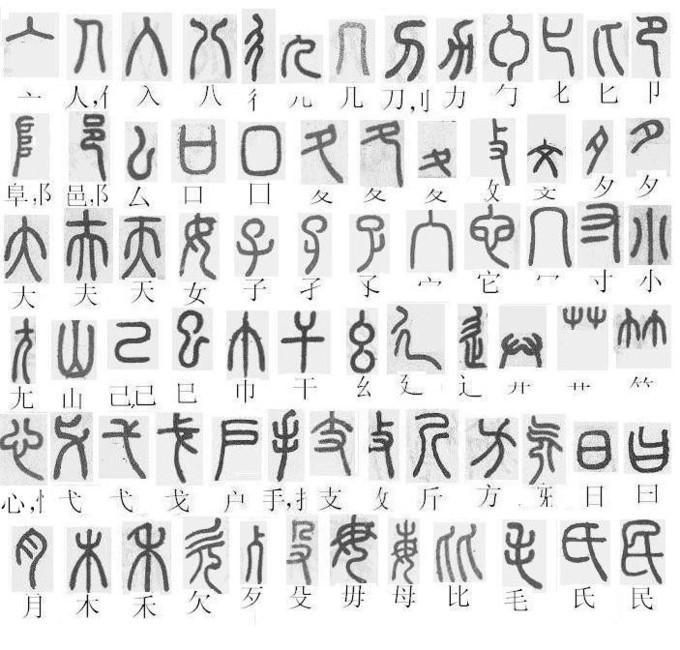

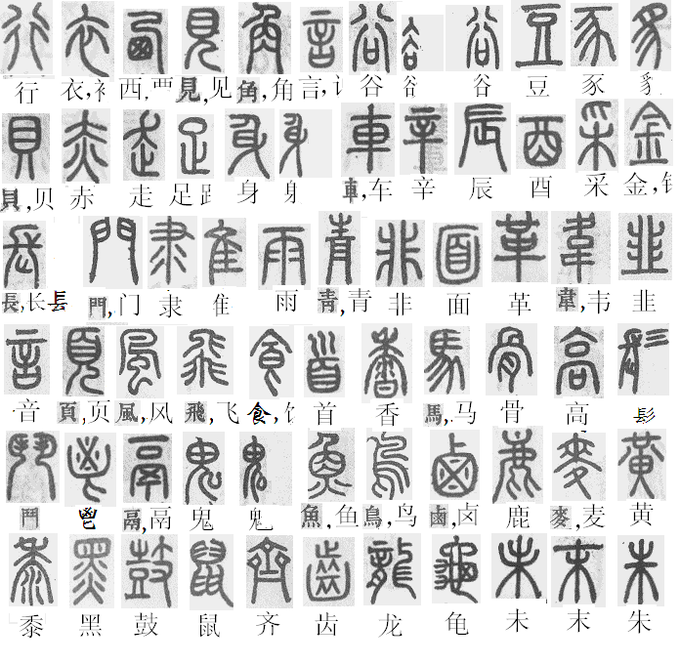
Appendix 2 Trial Reading Table of Radicals of Seal Characters

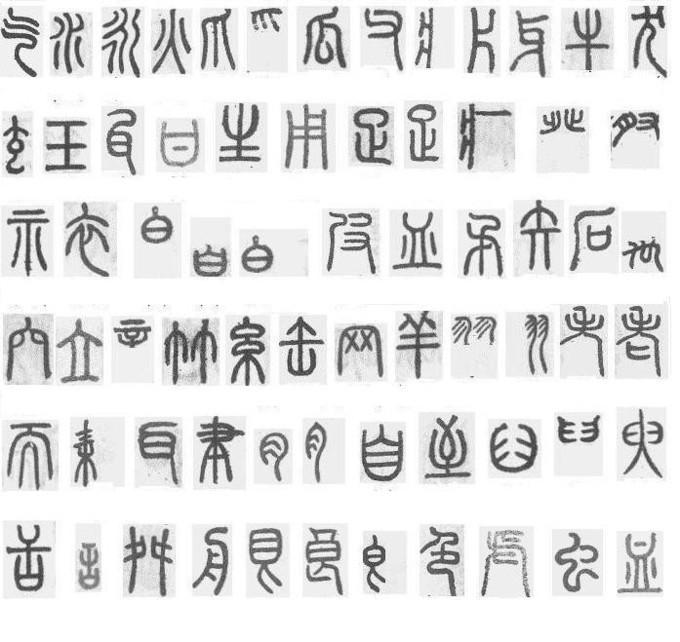

Appendix III Comparison pictures of seal seals downloaded from the Internet
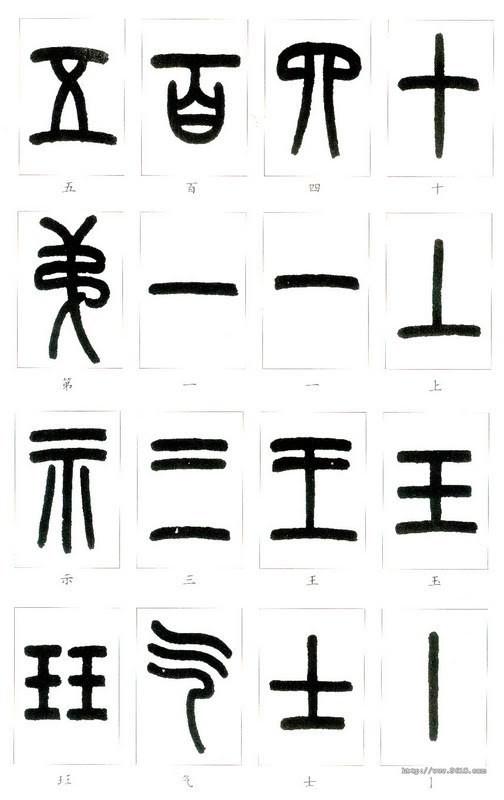


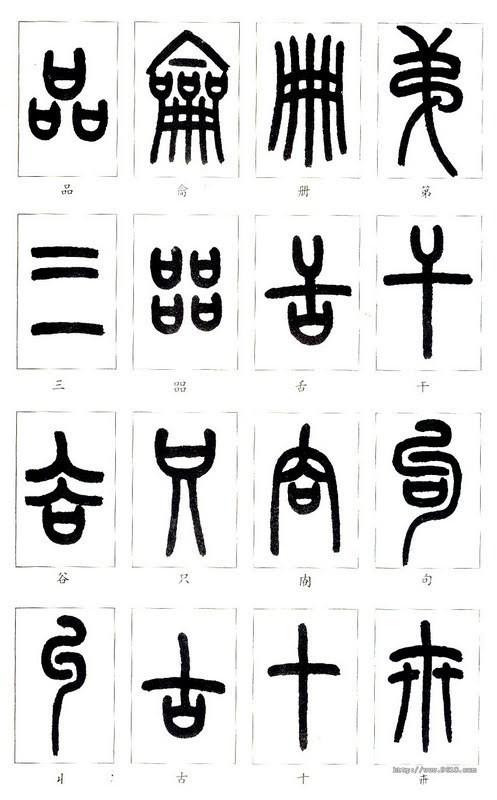
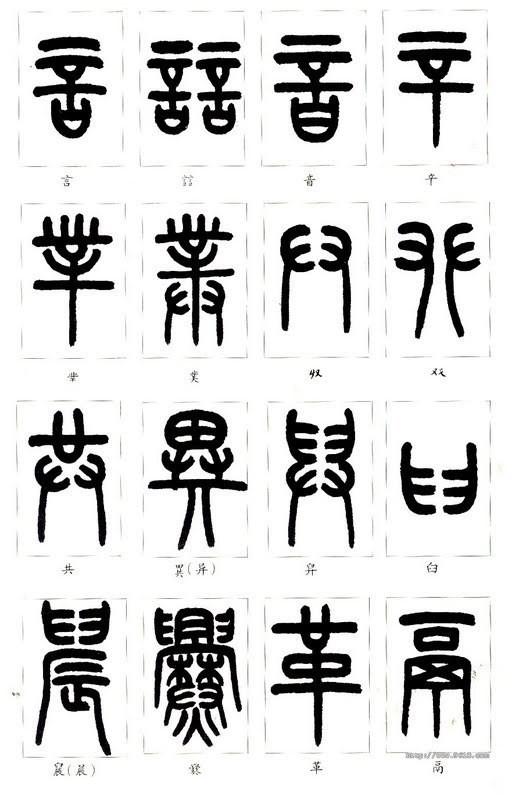
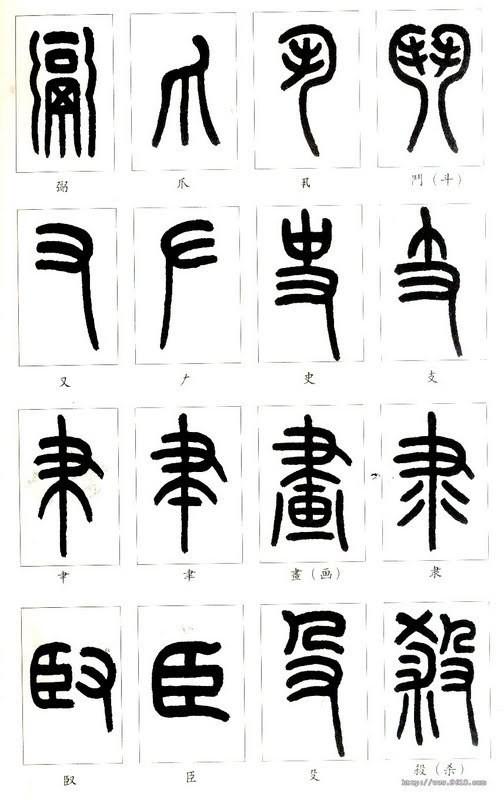
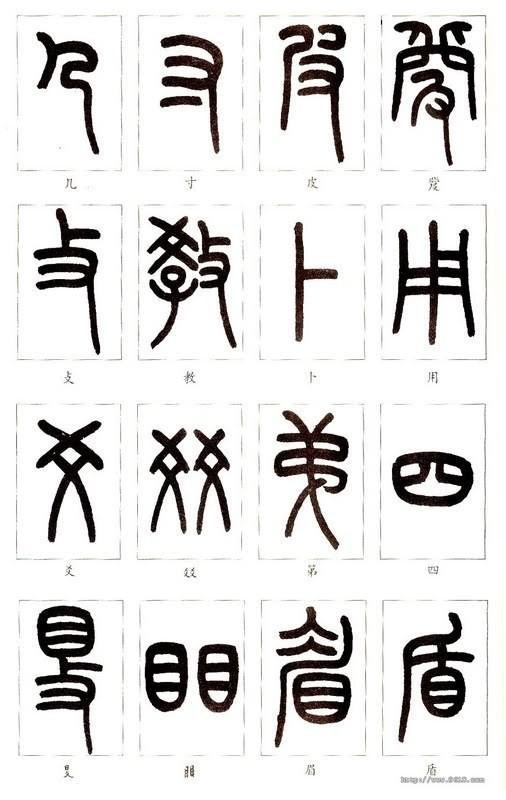


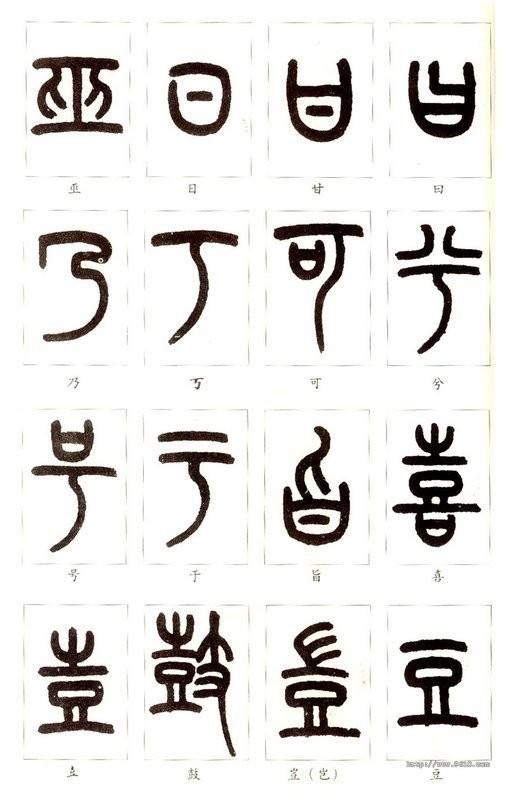
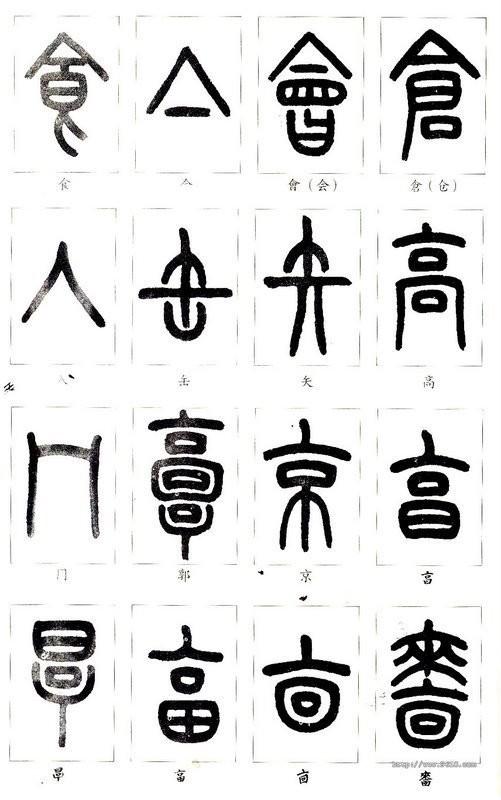
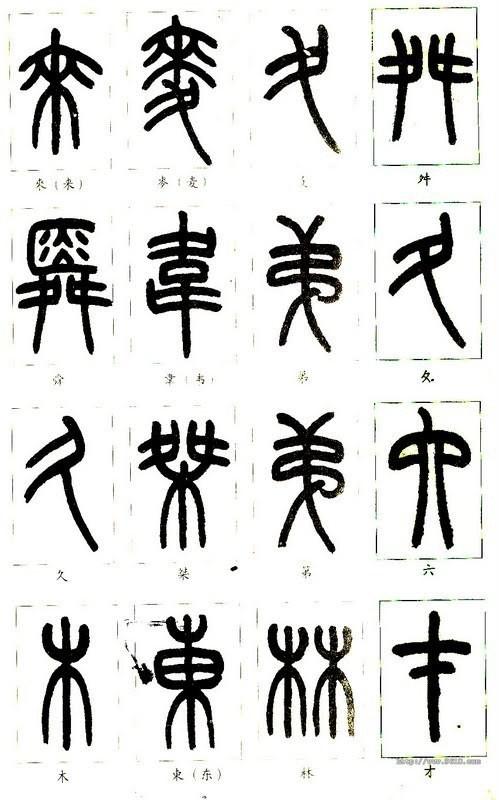
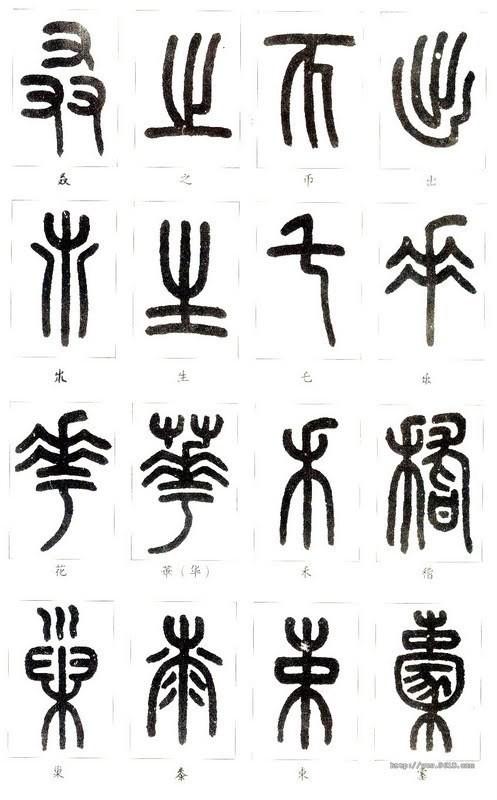

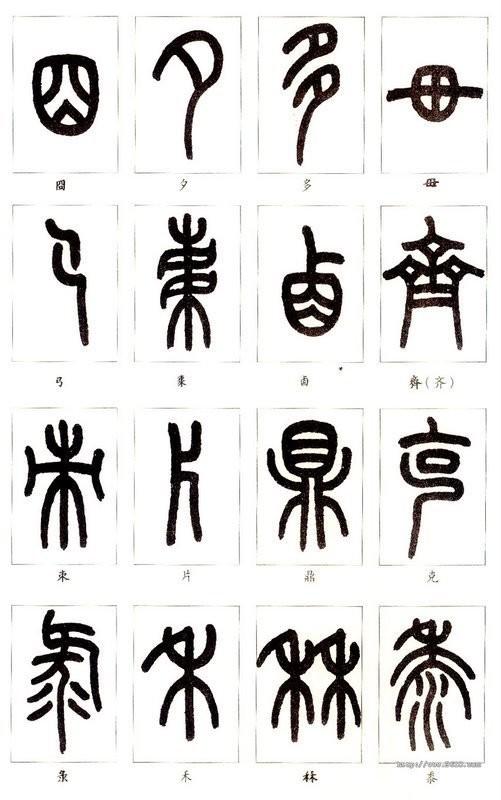
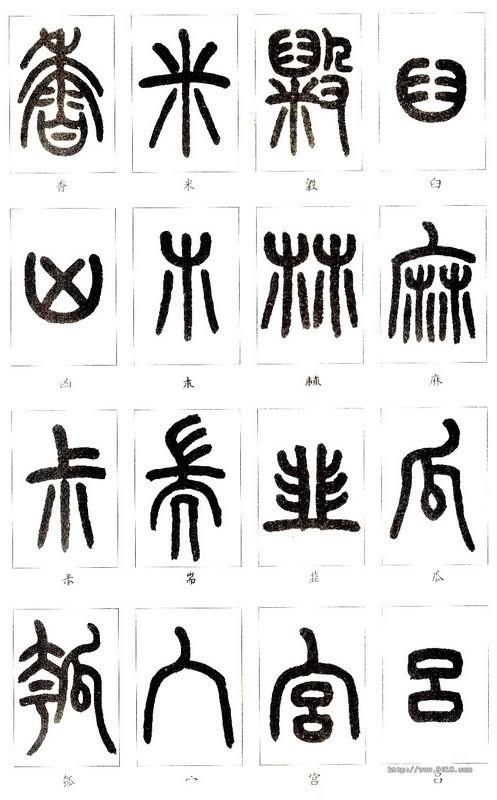

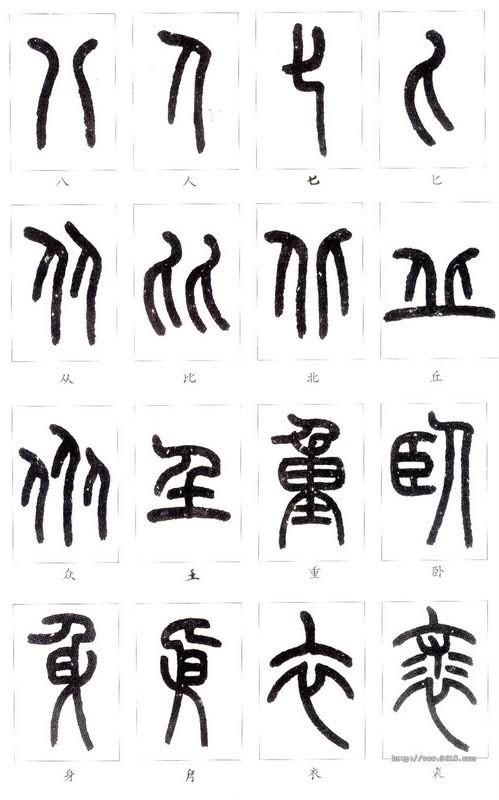
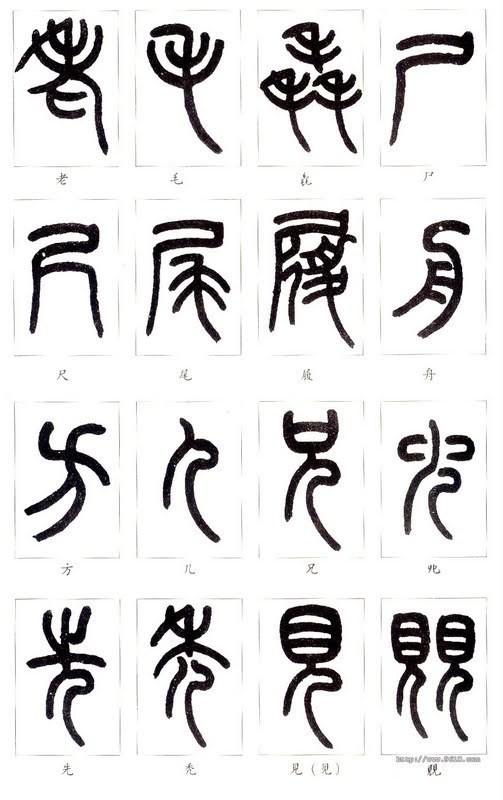


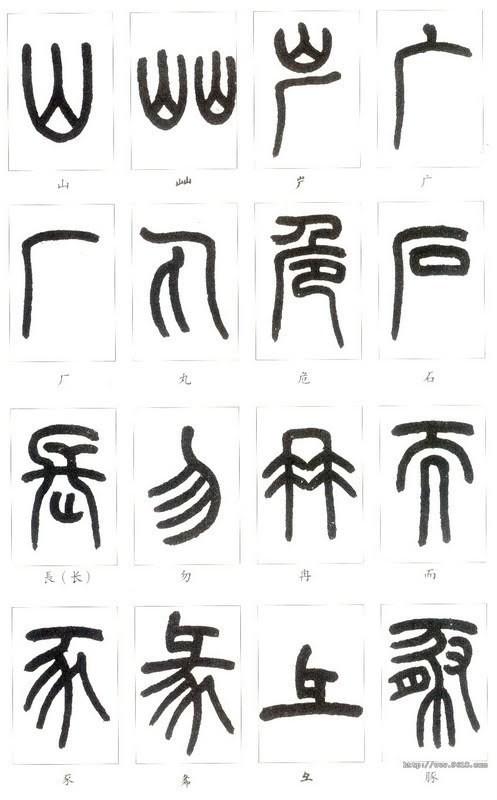
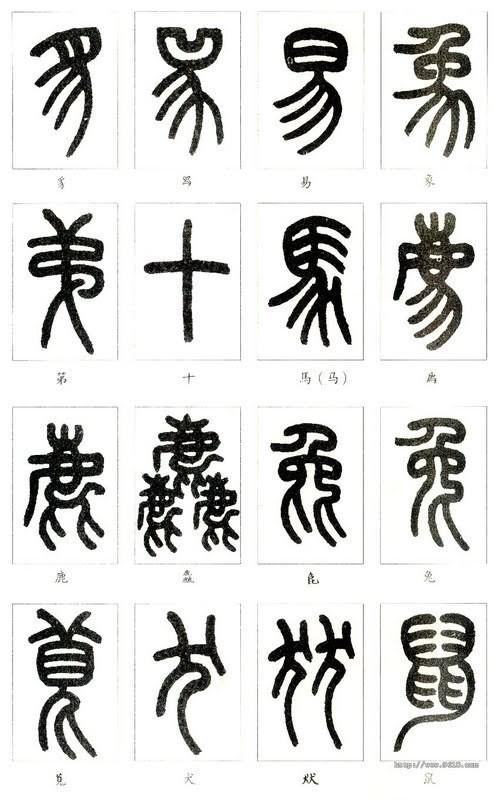
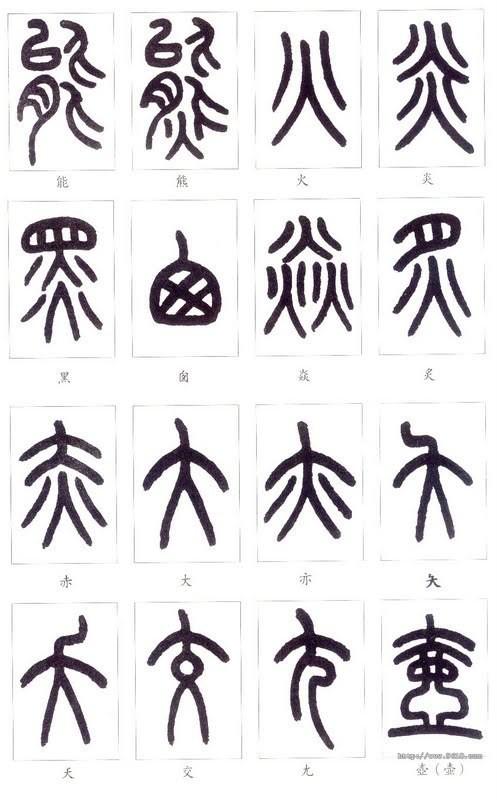
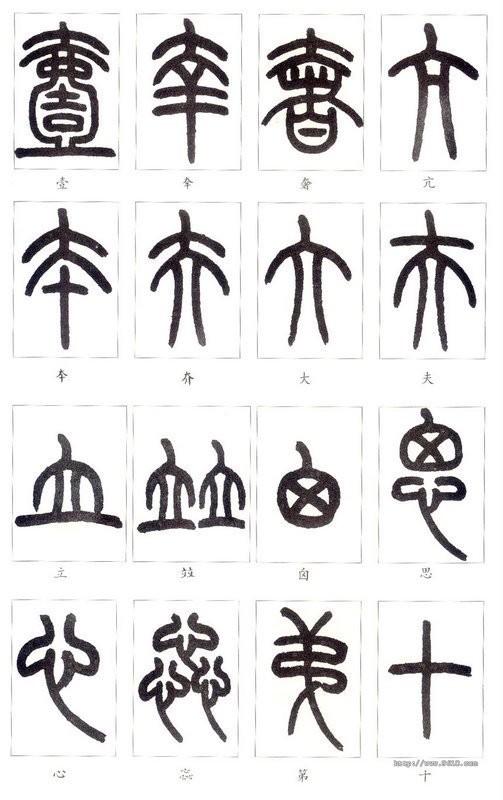

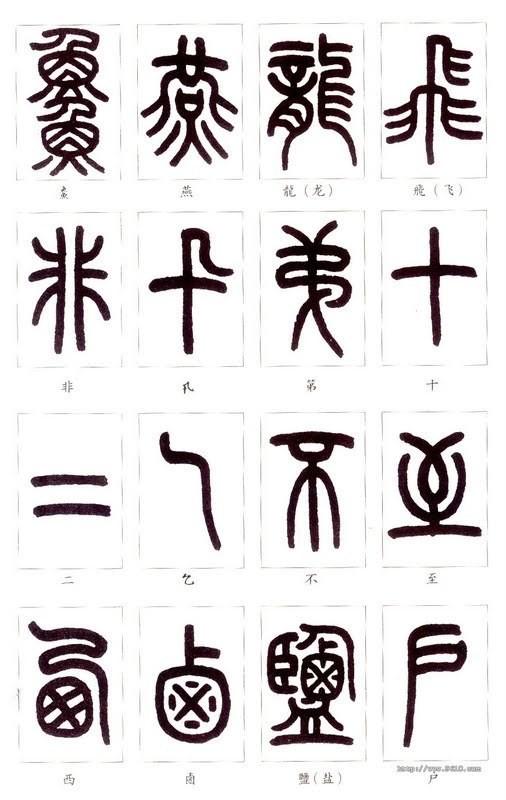
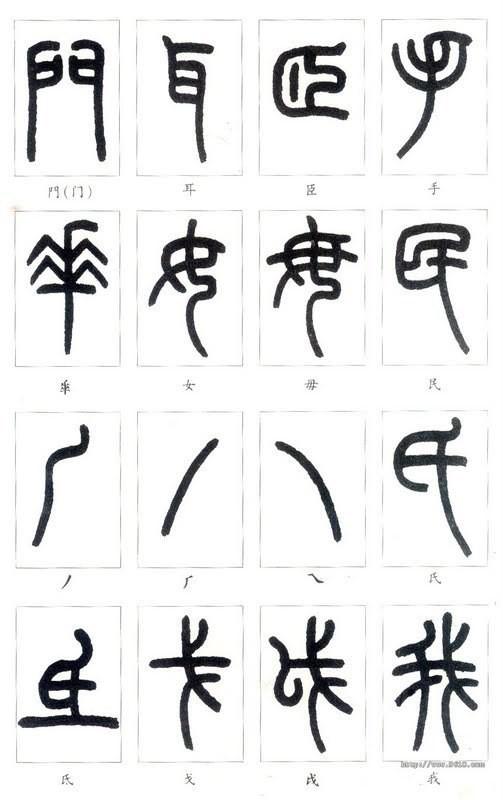
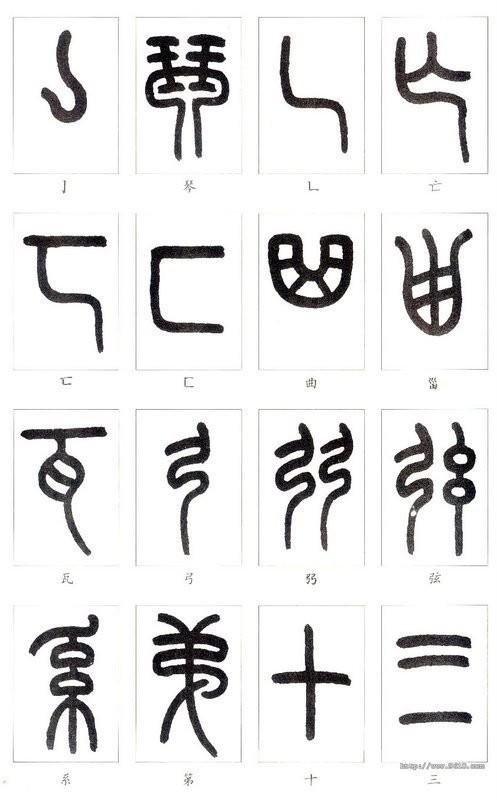
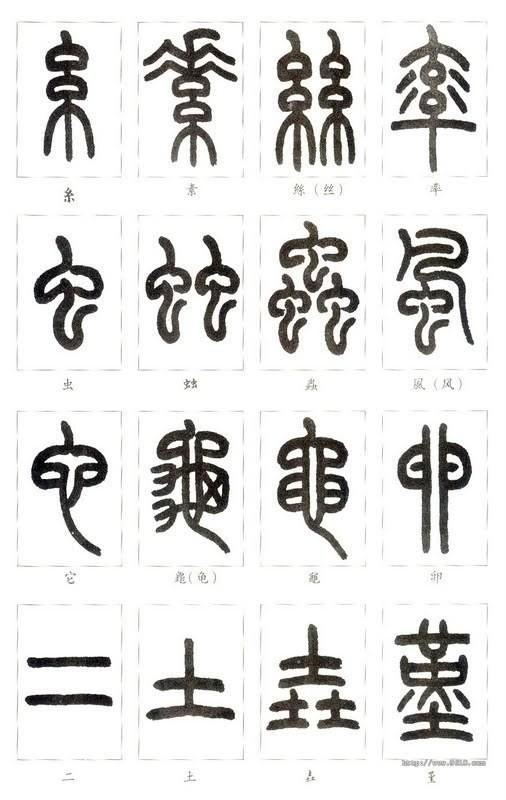
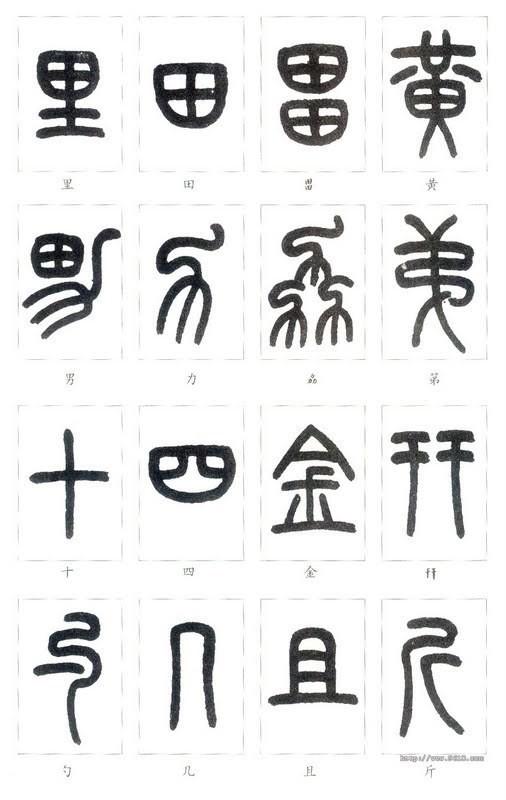
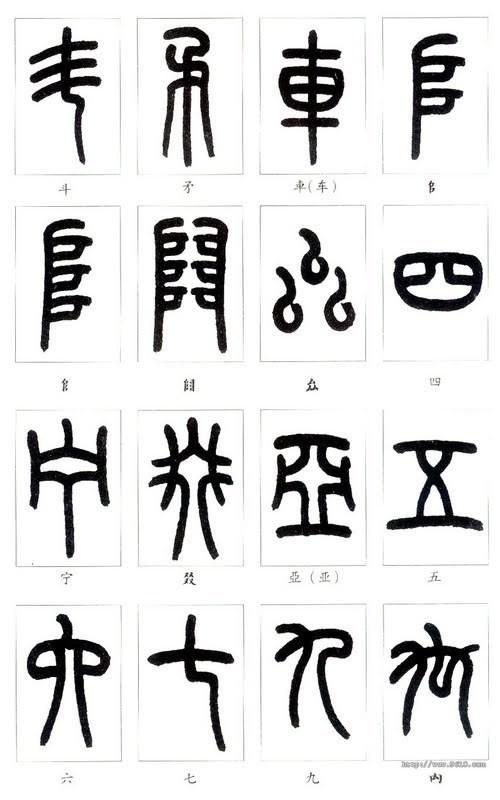
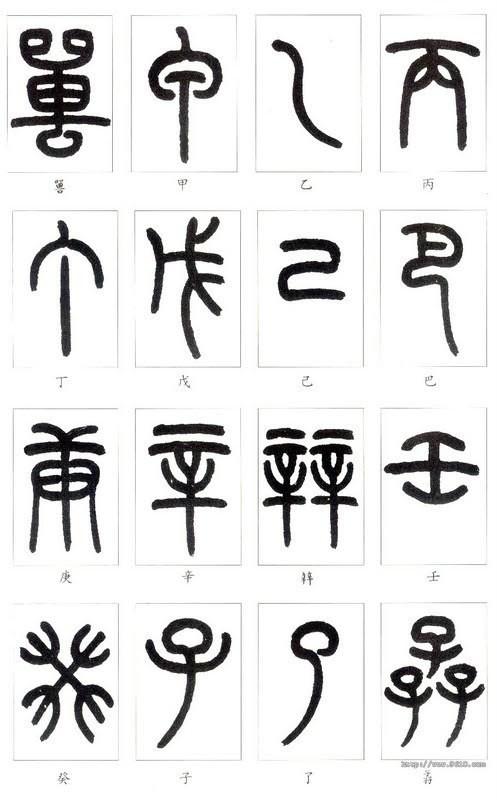

Articles are uploaded by users and are for non-commercial browsing only. Posted by: Lomu, please indicate the source: https://www.daogebangong.com/en/articles/detail/Learn%20to%20recognize%20seal%20script%20characters%20attached%20with%20a%20comparison%20chart%20of%20seal%20script.html

 支付宝扫一扫
支付宝扫一扫 
评论列表(196条)
测试